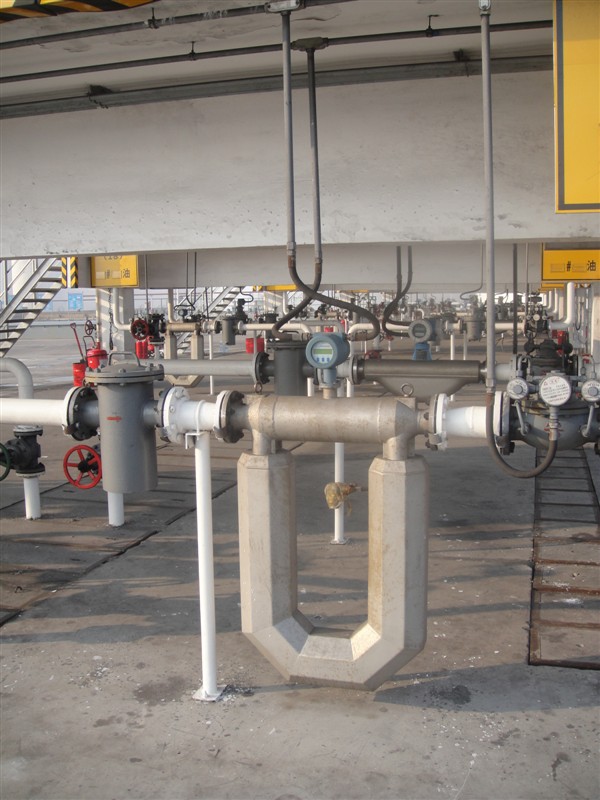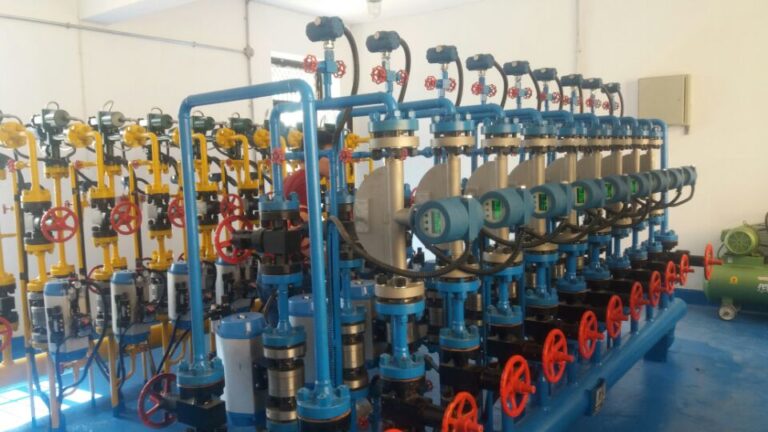Introduction
In industrial production, selecting the right material for instruments is critical. It directly impacts equipment performance and longevity. When choosing instruments such as level meters and pressure sensors, customers often face a common dilemma: Should they choose 304 or 316 stainless steel? What are the differences between these materials, and under which conditions should each be used? This article will provide a detailed explanation to help you make an informed decision.

Characteristics of 304 and 316 Stainless Steel
304 and 316 are both austenitic stainless steels known for their excellent corrosion resistance and mechanical properties. However, their primary differences lie in their chemical composition and corrosion resistance.
Comparison of Properties:
| Property | 304 Stainless Steel | 316 Stainless Steel |
|---|---|---|
| Chemical Composition | Contains 18% chromium, 8% nickel | Contains 16% chromium, 10% nickel, 2% molybdenum |
| Corrosion Resistance | Good in general environments (air, water) | Superior, especially against acids, bases, and chlorides (salt water) |
| Temperature Resistance | Withstands up to 870°C (1598°F) | Withstands up to 925°C (1697°F) |
| Applications | Suitable for general purposes | Preferred for harsh and corrosive environments |

Key Factors in Choosing Between 304 and 316 Stainless Steel
1. Corrosiveness of the Working Environment
Mild Environments: If the instrument operates in non-corrosive environments like air or freshwater, 304 stainless steel is a cost-effective and adequate choice.
Harsh Environments: In environments with high exposure to acids, alkalis, or saline conditions (e.g., marine settings, chemical processing), 316 stainless steel is recommended. Its added molybdenum enhances resistance to pitting and crevice corrosion.
2. Cost Considerations
304 stainless steel is generally more affordable, making it the material of choice for projects with limited budgets and less demanding requirements.
For high-reliability applications, such as chemical processing or offshore engineering, investing in 316 stainless steel is worthwhile, as it prevents premature failures and reduces long-term costs.
3. Hygiene Requirements
Industries like food processing and pharmaceuticals often require 316 stainless steel due to its superior corrosion resistance, which minimizes contamination risks and ensures compliance with stringent hygiene standards.

Case Studies
Case 1: Food Processing Industry
A food processing plant required level meters for their liquid filling lines. The working medium was freshwater, and the temperature was relatively low. Based on these conditions, 304 stainless steel was selected, as it met the operational requirements while optimizing costs.
Case 2: Chemical Industry
A chemical plant needed level meters for storage tanks containing hydrochloric acid solutions. Given the highly corrosive nature of the environment, 316 stainless steel was chosen. This decision significantly extended the service life of the instruments and reduced maintenance frequency.

Summary
Choosing the right material for your instruments involves a careful evaluation of the working environment, cost constraints, and specific application requirements. While 304 stainless steel is suitable for general applications, 316 stainless steel is ideal for harsh and demanding conditions.
If you have further questions or need assistance, feel free to contact our professional technical team for tailored advice. We are committed to delivering high-quality, cost-effective solutions to meet diverse industrial needs.
